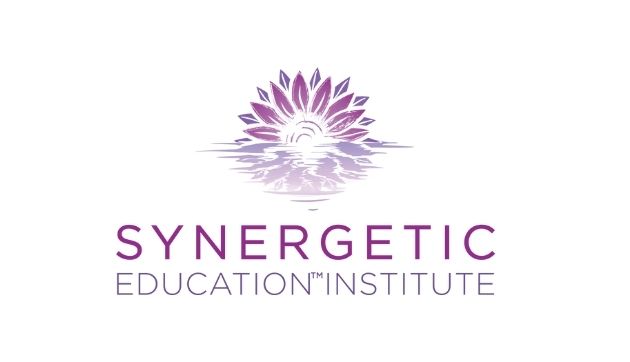Foundational Level Trainings:
Part 1: Preparing Brains to Learn – 6 hours of content
Even amazing teachers can’t be effective, if the student in front of them isn’t ready to learn. Neuroscience can help us understand what is happening for educators and students in moments of dysregulation. Educators will learn to recognize when students are not in the higher regions of their brains, and what that might mean in terms of appropriate expectations in these moments. More importantly, they will learn what can be done about it. Many interventions meant to support students, end up escalating them. Exploring signs of dysregulation and the accompanying brain and body states explains why strategies might work sometimes, but not others. The goal is to prepare students’ brains to learn and avoid further escalation. These understandings help guide us in knowing when and how to intervene to support ourselves and students in managing daily challenges.
Learning Objectives:
- Participants will learn how brain states and body states impact students’ abilities to learn.
- Participants will recognize new ways for understanding behavior.
- Participants will identify appropriate expectations and goals in different situations, and the neuroscience behind why some strategies are more effective at certain times.
- Participants will learn the different skills and components involved in developing self-regulation skills.
- Participants will examine ways to shift daily routines to include self-reflection which supports the re-wiring of brains and re-patterning of nervous systems.
Part 2: Practical Classroom Strategies – 6 hours of content
Self-regulation skills are essential for social emotional wellness. This hands-on workshop continues to deepen the understanding of what regulation is and is not. Educators will learn a framework that gives students a way to talk about states of arousal and explore their own regulatory needs and how to structure environments that promote self-regulation in the classroom. Creating environments in which students believe it is safe to have their emotions, helps them begin to believe that they can manage and move through dysregulating experiences.
Learning Objectives:
- Participants will practice ways to recognize top-down vs bottom-up behaviors.
- Participants will be able to apply proactive regulatory strategies throughout the school day.
- Participants will translate knowledge into creating environments that support self-awareness and self-reflection in students, leading to the discovery of their own regulatory needs.
- Participants will demonstrate an understanding of the importance of expanding students’ windows of tolerance as a way to support learning and growth.
- Participants will create plans that incorporate utilizing those strategies and concepts which best fit within their learning environments.
Part 3: Becoming an External Regulator to Promote Safety and Belonging – 6 hours of content
As challenges arise, we all need support in managing our own stress levels. Participants will identify tools to help them regulate in the midst of dysregulation and will deepen their understanding of why certain situations create dysregulation in our systems, as well as identify ways to grow their own windows of tolerance. Participants will explore why building relationships with some students might feel more difficult and what they can do in those situations. In practicing strategies that help us regulate, we learn that our own regulatory capacity is our greatest tool in the classroom. As we become more skilled in acting as external regulators for students and classrooms, we create environments that support a felt sense of safety, which is a prerequisite for learning.
Learning Objectives:
- Participants will learn to look for clues about their own states of arousal.
- Participants will explore strategies that promote growing their own windows of tolerance so they can support this growth in students.
- Participants will examine relationship dynamics to better understand what might be happening in certain situations and what they can do to promote connection.
- Participants will learn how to balance challenge with support to promote a sense of safety and belonging in the classroom.
- Participants will explore ways to promote cues of safety in the classroom and set boundaries through this lens.

